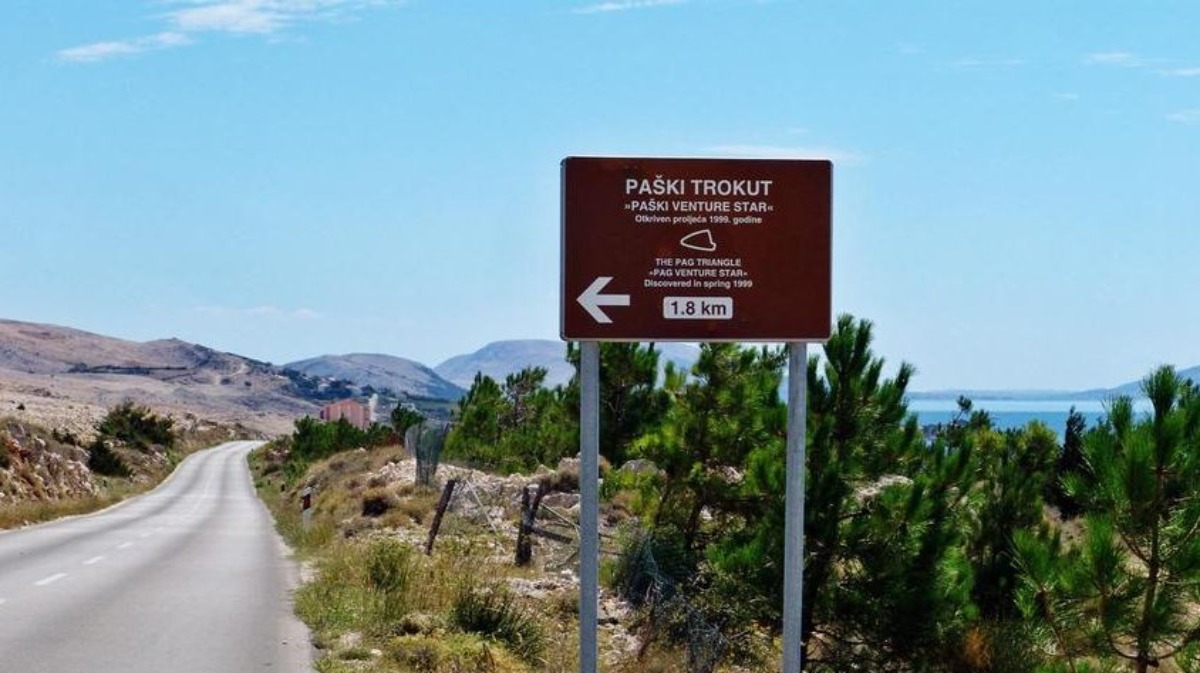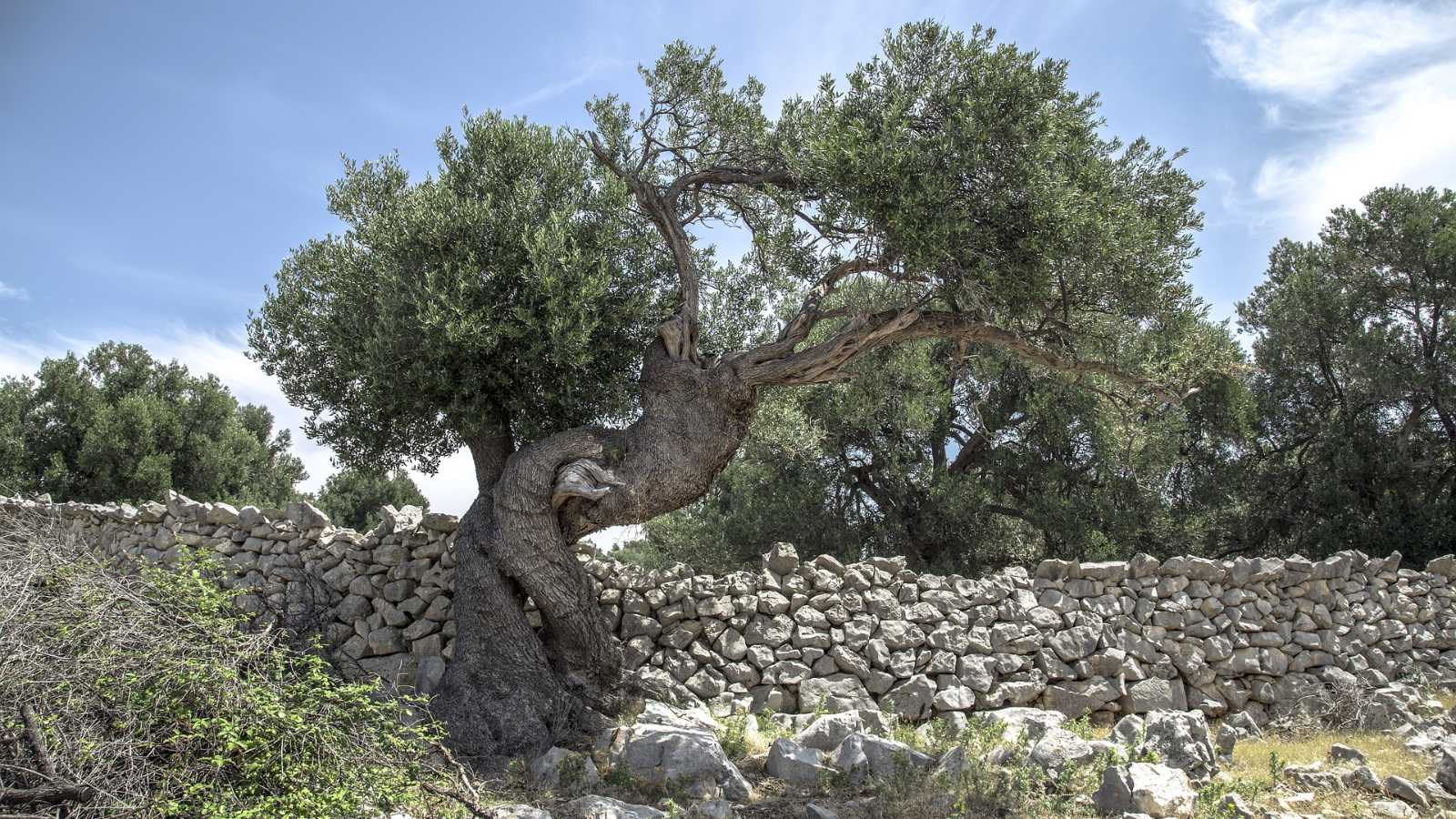
Bermuda triangle of the island of Pag
The secret about 12,000 years old, the Pag Triangle, is almost like the case from the science fiction drama television series The X-Files. The truth is out there, explore it for yourself. On an abandoned hill near the beach Caska towards Žigljen, in 1999 a bizarre phenomenon was discovered - the so-called Pag triangle. It is a formation in the shape of an isosceles triangle located on the Tusto čelo hill. The triangle was discovered quite by accident by Croatian surveyor Zdenko Grbavac during measurements at the quarry. He noticed a triangular formation that differed in color from the rest of the hill and measured it. He found that the formation was a regular triangle with two sides 32 meters long and the third 22 meters long. Upon further examination, it was concluded that the properties of this stone are not like any other surrounding rock. What made this triangle even more interesting were the 30-centimeter-deep holes on each side of the triangle for which no one could offer an explanation. This discovery attracted a lot of attention from the media, ufologists, and tourists. Geological surveys have concluded that the rocks within the triangle are of different colors due to exposure to extreme temperatures in the past. This megalithic formation is thought to be approximately 12,000 years old.
There are many theories about the origin of this phenomenon. One theory states that the triangle is the result of an alien spacecraft landing, another claims it is a remnant of a highly developed civilization, and a third advocates the power of nature arguing that everything is just the result of wind, salt and rain.

Centuries-old gardens of Lun olive trees
On the northernmost part of the island of Pag is the charming village of Lun, known for its olive trees that have been thriving in incredible symbiosis with the Dalmatian karst and the sun for more than a thousand years. The olive groves that cover the Lun peninsula represent a unique botanical treasure of the Mediterranean area and are also among the oldest olive groves in the world.
The small, exotic corner of the country, home to about 80,000 olives, hides an original Mediterranean olive variety that thrives in only two other locations in the world: Greece, and Israel. Lun stands out from Greece and Israel for the incredible number of millennial olives concentrated in such a small area. In 1963, it was declared a unique botanical reserve. A walk through the olive grove is magical, especially when you see the oldest preserved olive tree, self-sown more than 1600 years ago, which even today stands firmly along the macadam road. Unique in their own way and completely different from each other, these olives are fused with the stone they are surrounded by. They seem like they have always been there. And apart from the surreal look of each tree, which seems to be from a fairy tale, the fruits that are hand-picked in the fall give a top-quality olive oil that you can't taste anywhere else in the world. The pure, delicate taste of lunar oil provoked the palate as early as in Roman times when it was highly prized in imperial circles. This first-class quality oil is still known today, and we recommend that you buy at least one bottle after a walk.